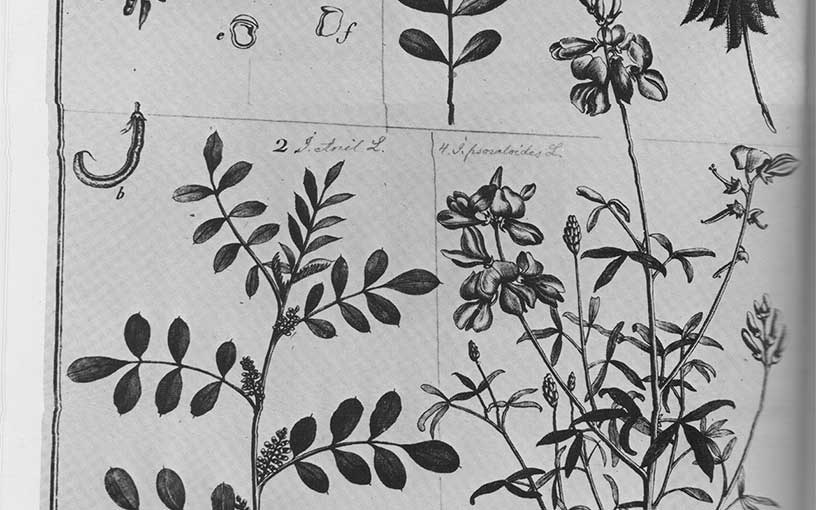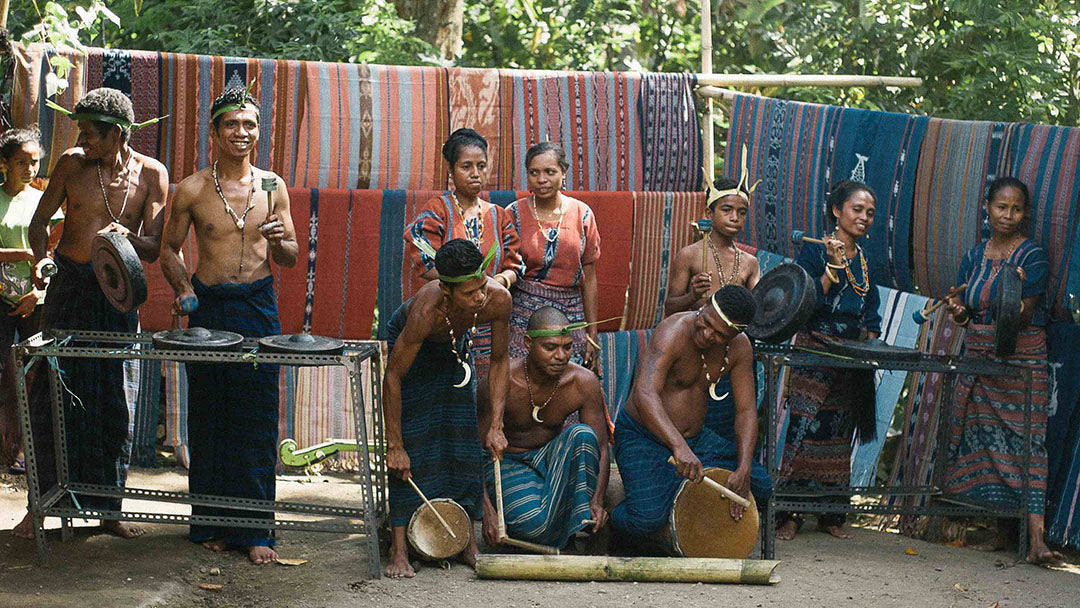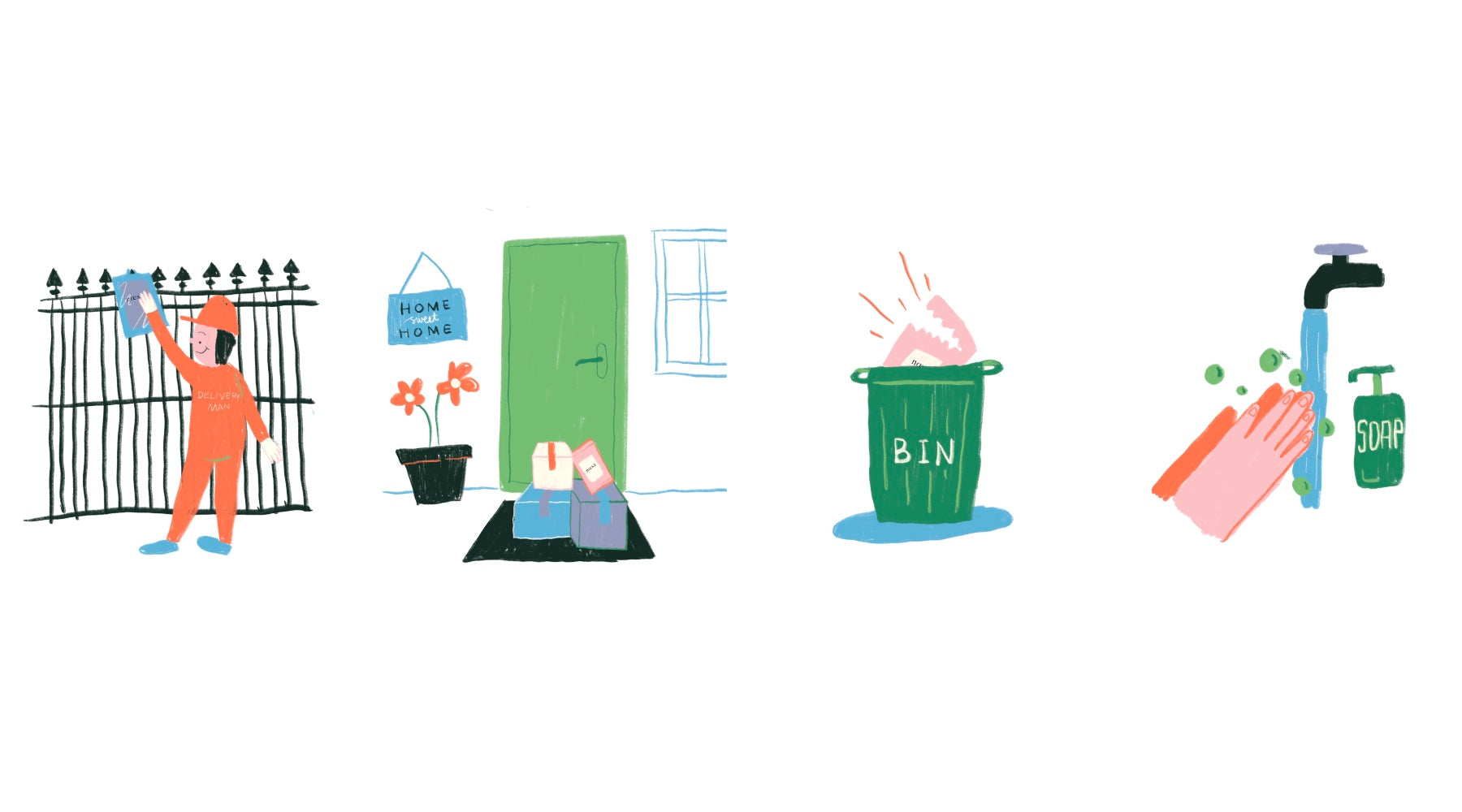
Into Indigo (Noesa's Youtube Playlist)
“Wash your denim jacket, please. It smells like oil and Jakarta pollution!” said my mom while I was waiting for my Ojek come. My denim jacket had 4 pockets; inner and outer pocket. Perfect for Ojek ride with lots of keys, wallet, and phone to bring. At night, I sat on my couch just trying to catch my breath after 45 minutes Ojek ride. I was looking at those denim jacket hangs and face upon me. I thought “My denim jacket is a fighter. Should wash you up next week.” Looking at it again and again, somehow I get curious about the washed blue dye. Suddenly I remember how Indigo smelt.

Since the first time we sat on Watublapi Village and learned about Natural Dyes and Ikat Textile, colors remained as a substance that keeps us going in Noesa. And yes, we have a confession to make: besides the seductive blue of Indigo, we also missed the smell of it. Just as Marco Polo’s notes from 1298 “.. a strange and smelly industry taking place in Kollam, Kerala, India.” Turns out it came from extracted leaves of Indigofera Tinctoria plants drowned in a liquid. We were wondering whether anybody out there can crave a certain smell?
Because of that denim jacket, I remembered that before the synthetic indigo was founded, the blue for denim was a result from Indigo cultivation in India, also in Indonesia. Start from this fact, I let myself drowned to Youtube filled my browser tabs with videos of Indigo. Here is one of our youtube playlist about Indigo. If you have spare time for procrastinating at work, or simply curious about Indigo, here are some of Indigo-related videos we found on Youtube. Where is that blue came from?
Slideshow Photos of Indigo Manufacturer in India
It turns out slavery became a story behind the captivating Indigo. As the European felt deeply in love with the rich blue dye, demand became high. In some areas, all the farmers must grow Indigo instead of rice. Here is a glimpse of big indigo manufacture in India. These series of photographs was taken 1829 - 1905, Allahabad, India, by France photographer Oscar Mallite. From this photograph, we dig a little about indigo cultivation in India. For high-resolution photos, you can find it here. Also, there is one famous plays about Indigo Cultivation in India, called Nil Darpan or The Indigo Mirror is a Bengali play made by in 1858–1859.
In Search of Indigo
In this video, each frame is dominated by blue. This is about craftsmen in India who struggle to develop the natural indigo color in this synthetic indigo era. They interviewed artists and farmers who given a question about why they keep doing natural indigo-dye in this modern era. A quote from the narrator in this video struck us “Indigo, it is a strange unpredictable nature. There is really no certainty around. You may find it, or you may not find it. You may get it, or you may not get it. It may decide to reveal itself to you, it may not reveal itself to you"
Japanese Ikat, Traditional Technique
I've been following UNAGINO-NEDOKO Official Youtube channel for so long. Focusing on Japanese Traditional Craft, and natural dye. In this video, you will see the seasonal Indigo harvesting system which I've rarely seen in Indonesia.
Japanese Samurai and Real Indigo
Another story from Japan. Aizome is a Japanese name for indigo dyeing. A short history about how indigo-dyed fabrics were worn under the armor of samurais to help keep bacteria from wounds and they used it for firefighter's clothing. Here they introduced the five farmers keep the tradition of growing indigo alive in Tokushima, Japan. Here you will see that it takes an incredible amount of time to dye clothes with Indigo. To get the black-blue, or they called it nando-iro, it takes about 10 days repeated dye, or sometimes, more.




Leave a comment
This site is protected by hCaptcha and the hCaptcha Privacy Policy and Terms of Service apply.